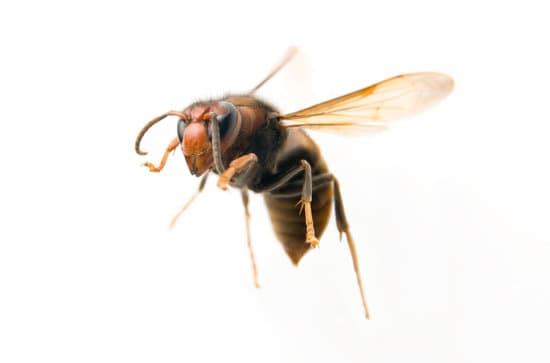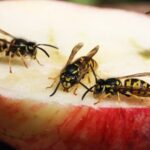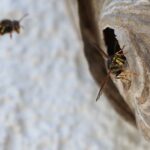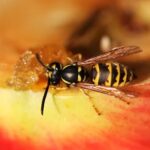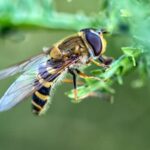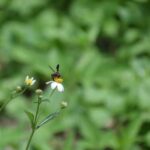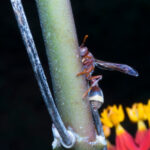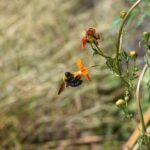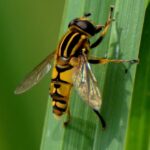Figs and Wasps
Figs have complex relationships with their pollinators. These interactions are referred to as mutualism. Many fig species are known to have different kinds of pollinators. In fact, there are over 750 different types of figs. Some are self-pollinating, while others need wasps to complete their life cycle.
A special breed of fig wasp crawls through a tiny hole in the fruit to get to the flower. Some flowers can’t even have a wasp lay an egg.
However, figs do have an enticing scent that lures wasps to their fruit. These tiny insects have evolved with figs for more than 65 million years. The relationship between figs and wasps is complex. They are mutually beneficial.
The female fig wasp is small. In fact, it may only be millimeters long. Nonetheless, it is the fig’s queen wasp. She collects pollen from male flowers and lays eggs in the fig. The female wasp also carries pollen to other figs.
The female wasp’s main task is to lay eggs. She may lay as many as a thousand eggs in one fig. Her eggs hatch into a larvae. It is this larvae that will feed on the pollen from the fig.
Figs and wasps share a special relationship that is mutually beneficial. For example, the female fig wasp has an important role in ripening figs. When she is not carrying pollen, the fig will not mature. The wasp is also an excellent pollinator. This is not only true of figs, but also of many other plants.
